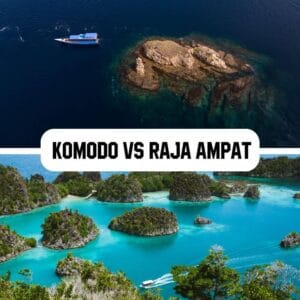Pikachu Nudibranch: Discovering the Hidden Charm of this Fascinating Ocean Creature
The Pikachu nudibranch has gained a lot of attention for its striking resemblance to the popular Japanese anime character, Pikachu. This fascinating creature’s bright yellow coloration with black-tipped protrusions on its head and back give it an uncanny resemblance to the beloved cartoon character. It’s no surprise that this sea slug has been nicknamed the “Pikachu” nudibranch by many marine enthusiasts. Despite the similarities, the Pikachu nudibranch is a unique and distinct species, found in the waters of the Indo-Pacific region. Its vibrant appearance and quirky resemblance to Pikachu have made it a favorite among divers and marine enthusiasts alike.

Indonesia, renowned for its breathtaking marine biodiversity, is home to an array of fascinating marine creatures. Among those is the enchanting sea slug known as the Pikachu nudibranch. Although many diehard nudibranch lovers don’t like to use the common names to refer to them as their names can vary depending on who you are talking to, this one seems to have stuck. As you probably guessed, it is named after its resemblance to the Japanese pokemon character Pikachu. This striking creature showcases a distinctive body structure, measuring approximately 2-3 centimeters in length. Its body is elongated and cylindrical, adorned with vibrant hues of yellow, orange and white. The species is renowned for its intricate patterns of spots and stripes making it a true gem for Indonesia’s marine life.
Habitat and Distribution
The Pikachu nudibranch is predominantly found in the tropical waters of the Indo-Pacific region, including various locations in Indonesia. It thrives in shallow, reef-rich environments such as coral reefs, rocky shores, and seagrass beds. These habitats provide an abundant food supply and protection from predators, allowing the species to flourish.
Within Indonesia the Pikachu nudibranch can be found in multiple locations. The nutrient-rich waters surrounding the islands of Komodo, Bali and Lombok offer ideal conditions for this species of nudibranch. Additionally, the renowned Coral Triangle, an area encompassing parts of Indonesia, the Philippines and Papua New Guinea, serves as a hotspot for biodiversity, making it a prime location for encountering the striking sea slug.
Ecological Role and Behavior:
As a member of the nudibranch family, the Pikachu nudibranch primarily feeds on bryozoans, small colonial invertebrates found in marine environments. The bright colors exhibited by this species serve as a warning to predators, indicating that its distasteful or toxic nature, a common defence mechanism in nudibranchs.
In terms of behavior, the Pikachu nudibranch is a slow-moving species, often observed gliding gracefully over reef surfaces. Its distinctive coloration allows it to blend with its surroundings, providing effective camouflage against potential threats.
Conservation Considerations:
The Pikachu nudibranch just like many other marine species is under threat from numerous factors. Habitat loss, pollution and climate change pose significant risks to their survival. Conservation efforts such as creating marine protected areas such as Komodo, sustainable dive and tourism practices are crucial for safeguarding the diverse ecosystems in which these species reside.
The Pikachu nudibranch stands as a remarkable example of Indonesia’s rich marine biodiversity. With its vibrant colors, intricate patters, and unique ecological adaptations, this sea slug captures the imagination of divers, researchers and nature enthusiasts. By understanding its preferred habitats and promoting conservation efforts, we can contribute to the preservation of this of this unique creature and the underwater world it calls home.


Drift Diving in Komodo — Ride the Currents, Stay Safe & Spot the Giants

10 Things You Should Never Do After Scuba Diving | Dragon Dive Komodo

The Best Time to Dive in Komodo National Park: Seasons, Conditions & Marine Life

Komodo vs Raja Ampat – Which Destination Is Better for Diving?




